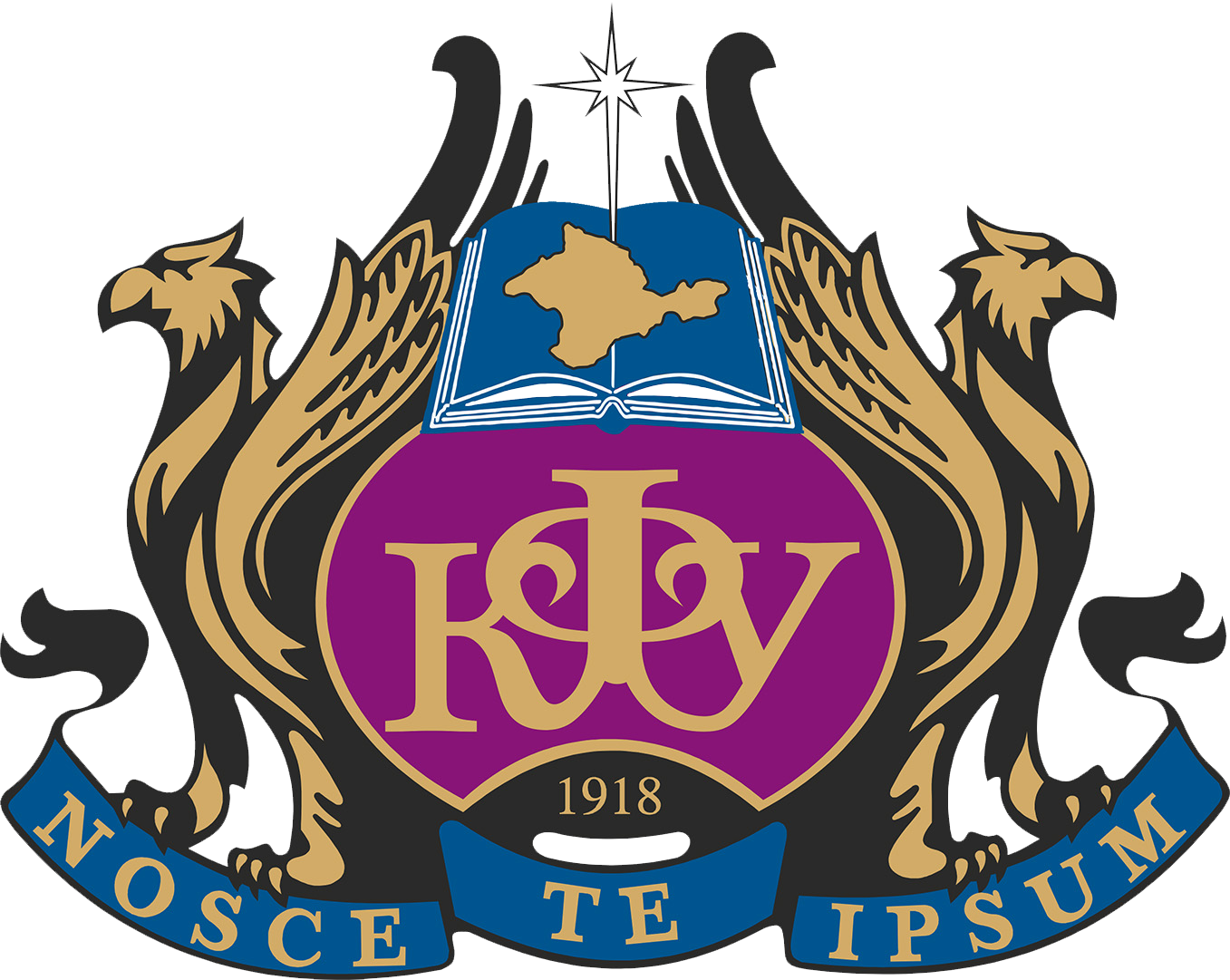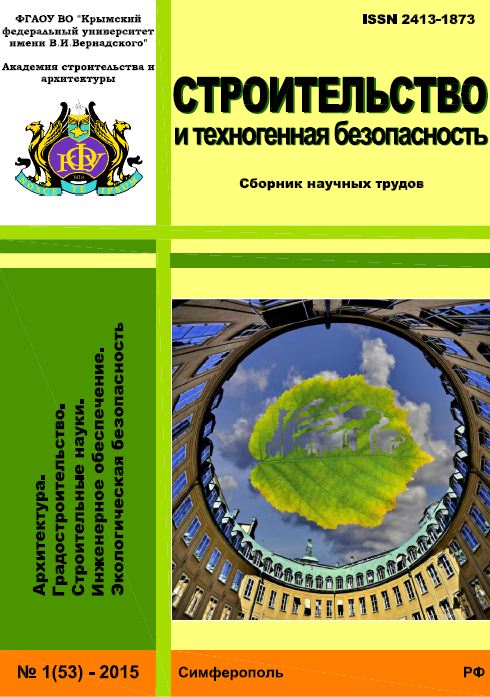The issues of protection of underwater objects using cylindrical air cavities are studied. In a number of tasks, it is fundamentally important to have not only the distribution of the pressure field in the liquid because of the movement of the boundaries of the deformable system, but also the parameters of the movement of the liquid itself. In this case, the parameters of the liquid movement have a significant effect on the fastening conditions of the gas cavities. The shock wave, spreading in water with gas inclusions, undergoes significant deformation. Preliminary experiments conducted to determine the parameters of underwater shock wave in water with air cavities have shown the possibility of controlling pressure peaks and, therefore, creating conditions for the safety of the underwater structure. Analyzing theoretical studies, it can be seen, that a dispersion of the wave process occurs inside the liquid region with gas cavities. The initial pressure peak decreases dramatically. In the area of the protected object, it decreases by almost two orders of magnitude compared to the maximum pressure in the initial shock wave. The pressure is mainly determined by the pulsation of the gas cavities generated by the explosive air wave. The duration of the load in the presence of gas cavities increases sharply.
APPROXIMATE EVALUATION OF PRESSURE FIELDS IN LIQUID WITH GAS CAVITIES
1. Koul R. Podvodnye vzryvy. – M.: Inostrannaya literatura, 1950. – 495 s.
2. Korobeynikov V.P., Hristoforov B.D. Podvodnyy vzryv // Itogi nauki i tehniki. Ser. Gidromehanika. 1976. – T. 9. – S. 54–119.
3. Fortov V.E. Moschnye udarnye volny i ekstremal'noe sostoyanie veschestva // UFN. 2007. – T. 177. – № 4. – S. 347–368.
4. Sidnyaev N.I. Teoreticheskie issledovaniya gidrodinamiki pri podvodnom vzryve tochechnogo istochnika // Inzhenernyy zhurnal: nauka i innovacii. 2013. – Vyp. 2. – S. 1–21.
5. Igolkin Sergey I., Melker Alexander I. Structure of shock waves arising in underwater explosion // Materials Physics and Mechanics. 2014. – Vol. 20. – Pr. 142-147.
6. Sidnyaev N.I., Shipilova O.A. Vozdeystvie podvodnogo vzryva na gidrodinamiku i harakter rasprostraneniya vozmuscheniy // Inzhenernyy zhurnal: nauka i innovacii. 2017. – Vyp. 11. – 9 s.
7. Sharfarec B.P. O dinamike udarnyh voln v zhidkosti. Obzor // Nauchnoe priborostroenie. 2016. – Tom 26. – № 4. – C. 43–54.
8. Fedorov A.V., Fedorova N.N., Fomin P.A., Val'ger S.A. Rasprostranenie vzryvnyh processov v neodnorodnyh sredah. – Novosibirsk: Parallel', 2016. – 258 c.
9. Kobylkin I.F., Selivanov V.V., Solov'ev V.S., Sysoev N.N. Udarnye i detonacionnye volny. Metody issledovaniya. – M.: Fizmatlit, 2004. – 376 s.
10. Kedrinskiy V.K. Gidrodinamika vzryva. Eksperiment i modeli. – Novosibirsk: Izd-vo SO RAN, 2000. – 435 s.
11. Korobeynikov V.P., Hristoforov B.D. Podvodnyy vzryv // Itogi nauki i tehniki. Ser. Gidromehanika. 1976. – T. 9. – S. 54–119.
12. Rouch P. Vychislitel'naya gidrodinamika. – M.: Mir, 1980. – 616 s.
13. Landau L.D., Lifshic E.M. Teoreticheskaya fizika. T. 6. Gidrodinamika. – M.: Nauka, 1986. – 736 s.
14. Kraynov V.P. Nelineynye zadachi gidrodinamiki. – M.: MFTI, 1996. – 92 s.
15. Lamb G. Gidrodinamika. – M: OGIZ, 1947. – 929 s.
16. Yakovlev Yu.S. Gidrodinamika vzryva. – Leningrad: Sudpromgiz, 1961. – 313 s.
17. Kochin N.E., Kibel' I.A., Roze N.V. Teoreticheskaya gidromehanika. Chast' 2. Uchebnik. – Pod red. I.A Kibelya. – 4-e izd., pererab. i dop. – M.: Fizmatgiz, 1963. – 728 s.
18. Zamyshlyaev B.V., Yakovlev Yu.S. Dinamicheskie nagruzki pri podvodnom vzryve. – Leningrad: Sudostroenie, 1967. – 194 s.





